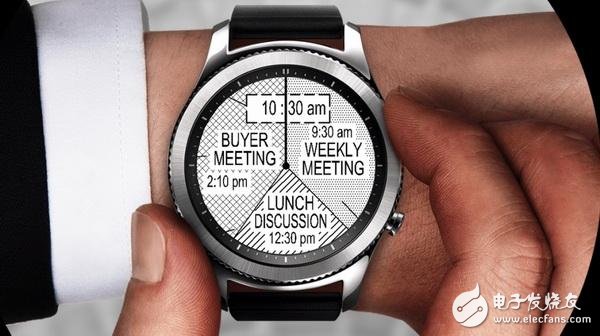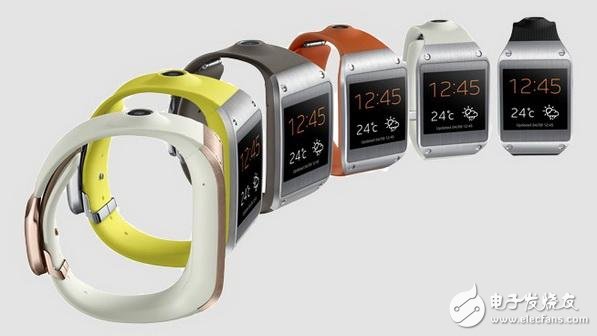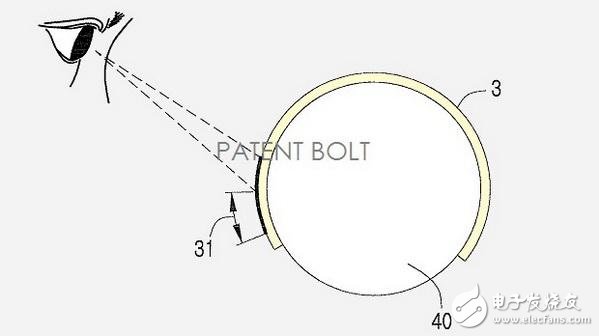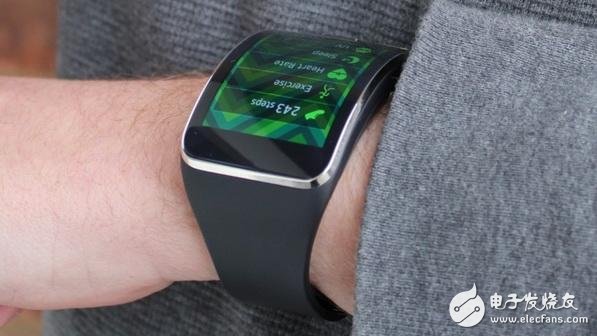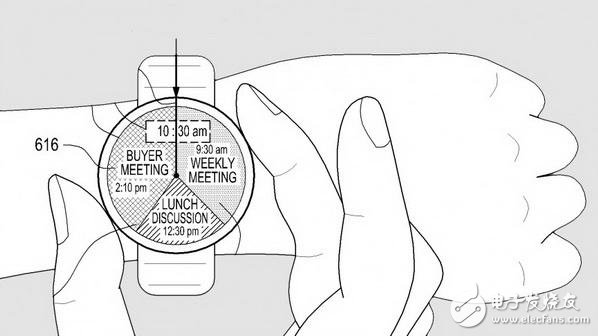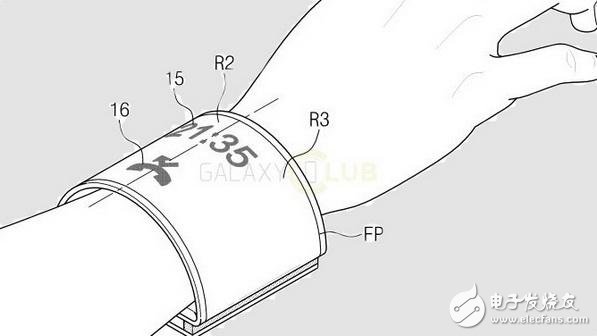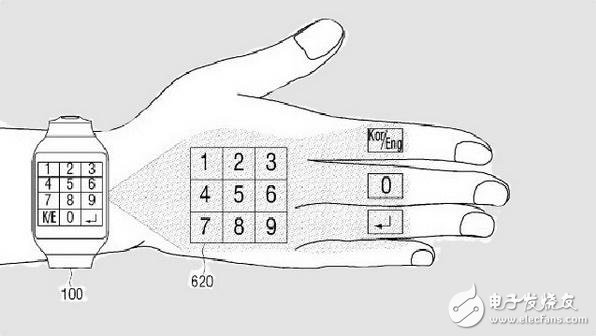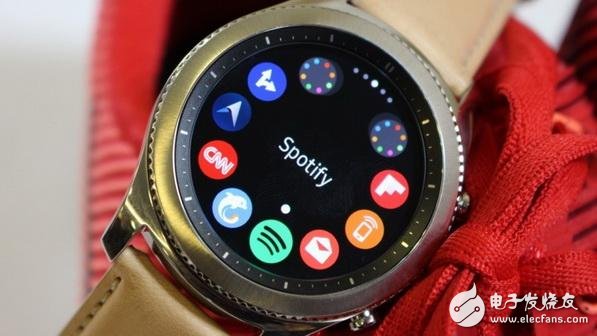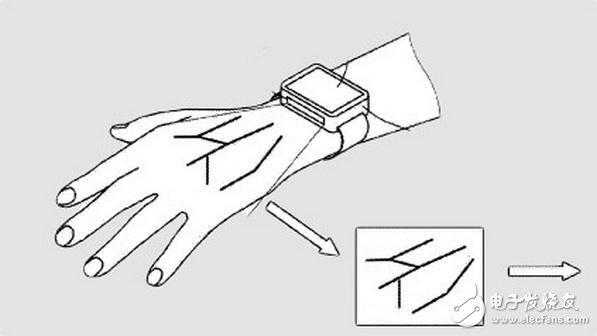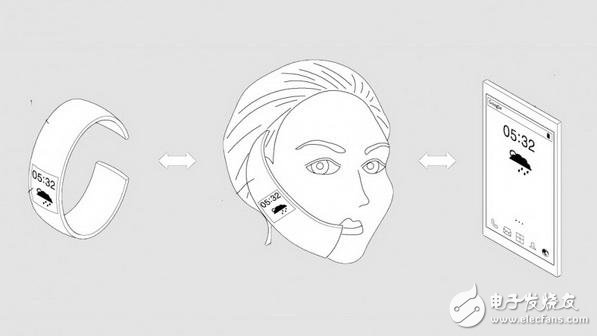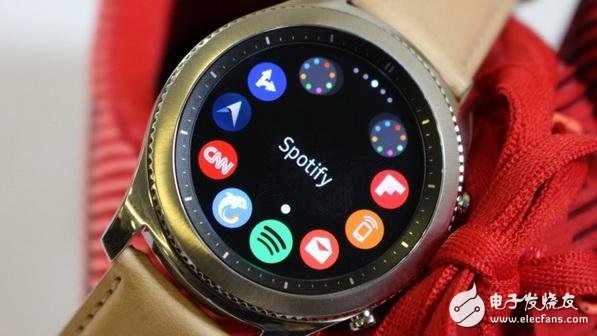Although the overall development of smart watches is currently lower, it is still the most suitable smart device to wear. Once the battery technology is improved, people are willing to wear smart watches to properly replace mobile phones. GalaxyGear is a smart watch developed by Samsung Electronics of South Korea. This wearable digital electronic device consists of a watch, wristband or bracelet that provides Internet access, sends or receives calls, and sends and receives e-mail. This is also the company's entry into a new market segment. Galaxy Gear is a very interesting product that combines the functions of a watch and a smartphone. Although the Galaxy Gear is equipped with the Android system, it has been specially designed for small screens, so users can easily get started and complete the left and right sliding operations. Click on any app to activate it, and swipe from the top of the screen to the bottom to close the app. Use the top-down swipe gesture from the home screen to turn the camera on, and the bottom-up swipe to open the call interface. Galaxy Gear also has a lot of gestures to help users access other features, including double-finger double-click on the screen to view battery status, Bluetooth connection status, adjust volume and brightness settings. Two fingers long press the screen to activate the Android task switch menu. Most of Galaxy Gear's apps are like Lite Android apps like dialers, call logs, weather, notifications and voice memos. Samsung's efforts in the field of smart watches are not inferior to mobile phones. Although the Gear series watches are not as popular as Apple Watch, they have taken the lead in adopting many advanced designs and concepts. Let's take a look at Samsung Smart through the models that have already been released and the leaked patent documents. The past and future of the watch. September 2013: Galaxy Gear series is born Samsung officially released its first smart watch Galaxy Gear during the IFA show in September 2013. The watch has a rectangular design, which is not too outstanding but not ugly. It also has a built-in camera that can be highly linked to the Galaxy S phone. However, its system is not based on Android Wear but Android, and Samsung plans to use its own TIzen instead of Google system in the future. September 2013 patent The patent describes a smart watch with a flexible screen, and the screen is highly interactive with the user's eyes, moving the display as the line of sight shifts. There is also an inductive strap that automatically responds when the user wears it on the wrist. August 2014: Release of Gear S Gear S meets Samsung's philosophy for smart watches: curved screens. Through the curved screen, the shape of the watch fits the wrist more, the screen size is larger, the function is more comprehensive, and the TIzen system is equipped. However, due to the large size of the watch, its market response was not as good as expected. Patent of November 2014 The patent describes a round dial smart watch with a rotatable bezel. In fact, this patent has become a reality with the Gear S2 and has to admire the speed at which Samsung will realize the patent. April 2015 patent: bracelet design The US Patent Office reveals a patent from Samsung that describes a bracelet-type wearable device that can communicate and multimedia functions on the wrist, while the device can be completely switched to a flat state like a mobile phone, raising doubts about whether Samsung wants Introducing a smart bracelet/mobile phone in one avant-garde device. Patent in June 2015 The patent describes a projection technology based on wearable devices. The watch can project interactive images and UI on the back of the user, which is more convenient for dialing, text input, etc., and the projection is completely suitable for uneven surfaces. This is very interesting. In fact, similar technologies have emerged in crowdfunding platforms, so for Samsung, technology may not be a problem, and the difficulty lies in how to better consumerize. September 2015: Gear S2 released Gear S2 can be said to be a beautiful turn-around for Samsung smart watches, a beautiful round dial, convenient bezel operation and a newly designed UI, making it more suitable for wearing and closer to the shape of ordinary watches. February 2016 patent This patent describes a technique for analyzing the distribution of the back vein of a user's hand through a wearable device for identification, while implementing personalized information and setting functions. Of course, visitors can't access the sensitive information of the watch. Patent in June 2016 This patent is similar to the 2015 bracelet patent, but discusses the possibility of interchangeable wearables and smartphones in more detail. With flexible screens and components, the bracelet can be further stretched into a mobile phone or even completely flattened into a tablet. Of course, this idea still has some distance from us, mainly because the flexible technology of electronic components and batteries has not broken through. August 2016: Gear S3 At this year's IFA show, Samsung released the S3 sequel S3 and has both FronTIer and Classic versions. Compared with the previous one, the dial design is lighter and more fashionable, and closer to the ordinary watch, which improves the wearing, especially the Classic version, which is more retro and elegant. September 2016 patent Samsung previously announced that it will soon launch the fully collapsed smartphone Galaxy Wing, which is locked in 2017, and perhaps it has overcome the difficulty of flexible electronic components. The latest patent shows that Samsung hopes to further wear the Galaxy Wing, not only in parallel, but also into a bracelet. If this design can be completed between 2017 and 2018, the revolution in mobile form is not far off. Shaanxi Xinlong Metal Electro-mechanical Co., Ltd. , https://www.cnxlalloys.com